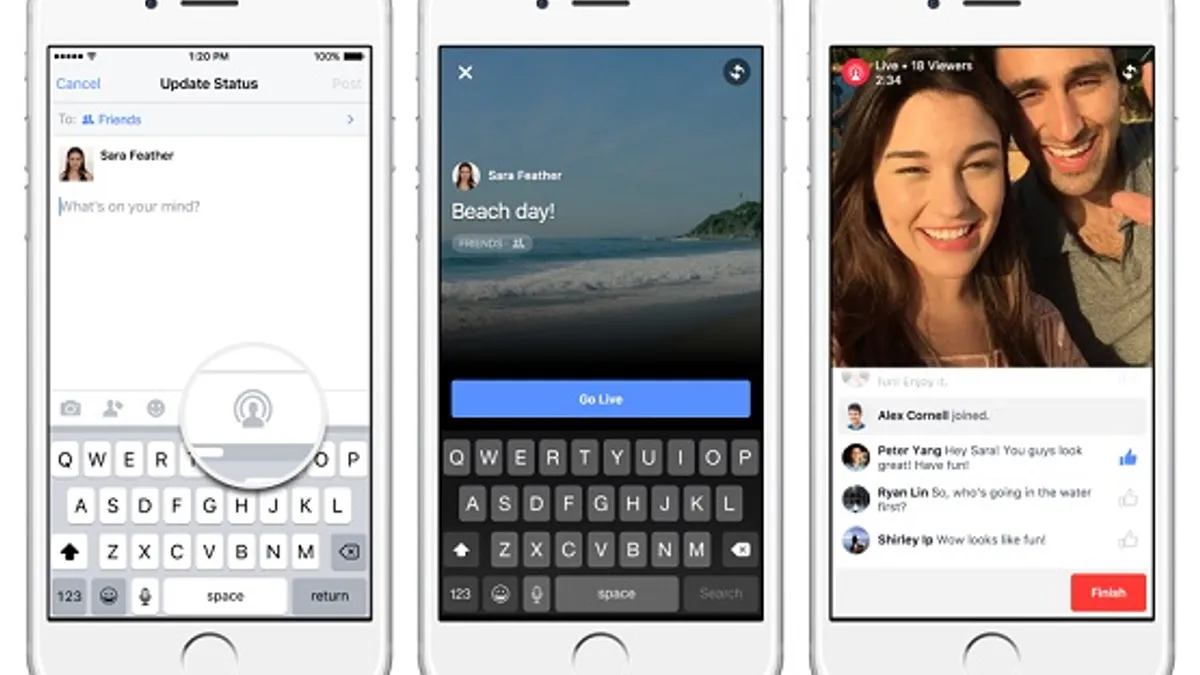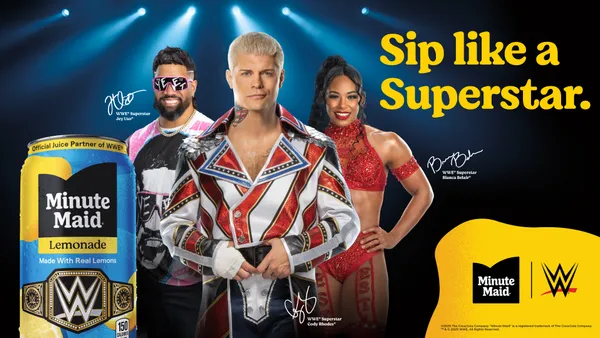Dive Brief:
- Facebook Live videos let viewers react to the action in real time through comments and emojis that the streamer can see. The social media platform is now going to use those reactions to give viewers of recorded streams a visual timeline of the engagement to allow them to find the parts of videos that garnered the most reactions.
- Fidji Simo, Facebook's head of video, told TechCrunch, “When people watch a live video after the fact, the engagement graph provides a valuable signal that can help people explore the video and easily identify highlights that they may find engaging, which could encourage people to spend more time with a video that they might have otherwise skipped over.”
- Right now the engagement graph is rolling out to only select users.
Dive Insight:
Allowing users to fast forward to the interesting or "good parts" of video (think: where the most engagement has occurred) will have some impact on viewability, and it means that marketers will have to be much more careful about the content of Live videos because parts of the overall message might end up completely bypassed.
A secondary implication is that by providing viewers with a visual indicator of how people reacted to videos, content created by brands runs the risk of have negative reactions essentially highlighted -- something that might impact how future viewers perceive the content even prior to viewing it.
Although the engagement graph isn’t a full-blown Facebook Live feature just yet, marketers looking to better understand what that might look like could turn to SoundCloud where bars show where there is a big movement in a song and also where certain comments were made during a song's duration. As TechCrunch puts it, "It’s a bold experiment in content consumption." For marketers considering live streaming, it increases the pressure to think of the user experience first, but also rethink how they approach these live action videos.














